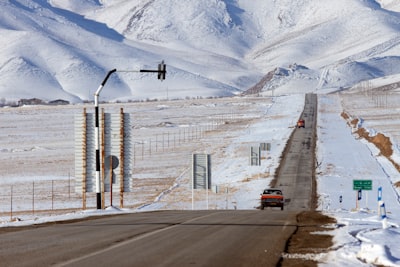Imagine sending a convoy of life-saving supplies down a highway, only to discover that the road itself has become a front line. Throughout history, the very act of delivering aid in conflict zones has embodied a disquieting paradox: to help, you must walk perilously close to harm. Consider the Berlin Airlift of 1948–1949. In an effort to provide food and supplies to a besieged city, cargo planes risked being shot down or crashing in hostile territory. Still, the operation became a symbol of tenacity and hope amid geopolitical stand-off.
But what does it mean today, when humanitarian trucks or aid workers themselves become potential targets—or victims—of violence? Is the mere presence of a distribution site a guarantee of safety, or does it carry the ominous shadow of new danger? Sometimes, a white tent marked with a red cross offers not an oasis, but a gamble.
We applaud the courage of those who press on, yet it leaves us with uncomfortable questions: When help itself becomes hazardous, how do we choose between risk and responsibility? Is it ethical for aid organizations to operate where their activity might inadvertently attract violence toward the very people they aim to save? And as onlookers, do we realize the full cost and courage entwined within each sack of flour, each dose of medicine delivered into zones of uncertainty?
This article was inspired by the headline: 'GHF boss defends Gaza aid operation after hundreds of Palestinians killed near sites'.

Comments
No comments yet. Be the first to comment!